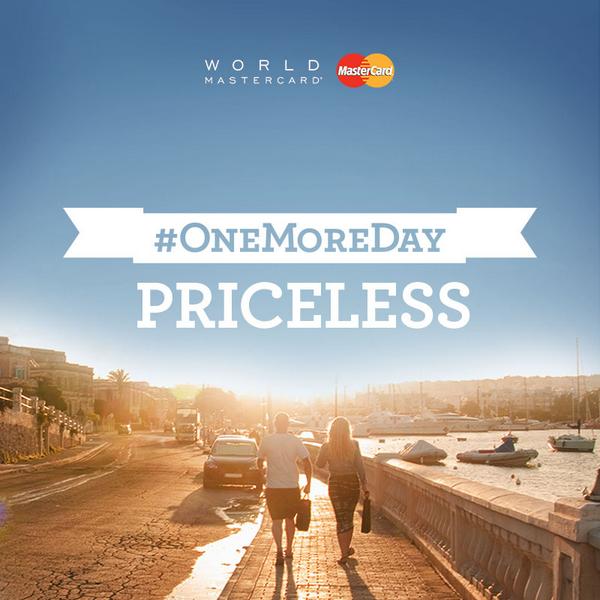How does one company go about segmenting its markets efficiently
to make the most profits? While satisfying their target market? They do this by
aiming to satisfy the right amount of target markets while not exhausting their
spending. By definition segmenting is:
“Aggregating prospective buyers into groups that have common
needs and will respond similarly to a marketing action.”(Kerin, 220).
There are five key steps in which a company does this:
- Group potential buyers into segments
- Group products to be sold into categories
- Develop market products to be sold in categories
- Select target markets
- Take marketing actions to reach target markets
By taking these key steps, a company can organize their
tactics to hit more than one target market without it being too costly. There
are some examples of this through the ownership of multiple entities. Main
examples of this would be larger companies that own multiple stores/chains. The
way this works is the segment a certain one of the stores to match a certain
target market.
The first example would be the Gap – Old Navy – Banana Republic
relationship by the company Gap Inc.. Old Navy sells clothing at a much cheaper
price that targets all ages from kids to adults. Gap on the other hand is a
little bit more pricey than Old Navy and has two sections, Gap baby and regular
Gap where they cater more clothes to a similar target market as Old Navy. On
the other hand Banana Republic mainly caters to women and has clothing that is
priced higher, also catering more business and fashion-wear clothes. The three
stores cater to similar but different markets that also cater to different
economic levels. These are the main three that Gap Inc. as well as smaller brands such as Piperlime
(online boutique), Athleta (exercise gear) and Intermix (sought out designer style).
These last three are for the most part only available online while the first
three cater to both physical stores and the online market.
| (via) |
Another example is within say Wendy’s and other fast food competitors.
They may not own similar chains, but they cater their products to different
markets. Their goals as a company are:
“When everyday people sort through all the ‘spin’ there is
one quick-service restaurant that is ‘A Cut Above’… that’s Wendy’s … we stand
for honest food … higher quality, fresh, wholesome food … prepared when you
order it … prepared by Wendy’s kind of people … people that believe this is My
Wendy’s … we do it Dave’s Way … we don’t cut corners.” (via).
Wendy’s does this from the variety of options they have on
their menu targeting multiple markets. They have the meals for daytime lunch
meals, breakfast meals, and also dinner. There is also a section for night
commuters and the fast food restaurant through its extensive menu is able to
target multiple markets. They did this not just through segmenting their target
markets but by doing that through what they serve on the menu. Other fast food restaurants
such as McDonald’s and Burger King have similar strategies as well.
| (via) |
In both these examples, you can see through different
segmenting tactics both companies were able to segment their target markets and
cater to multiple markets in effective ways. Sometimes targeting multiple
markets can become expensive and consuming, but when gone about efficiently it
creates successful results.
